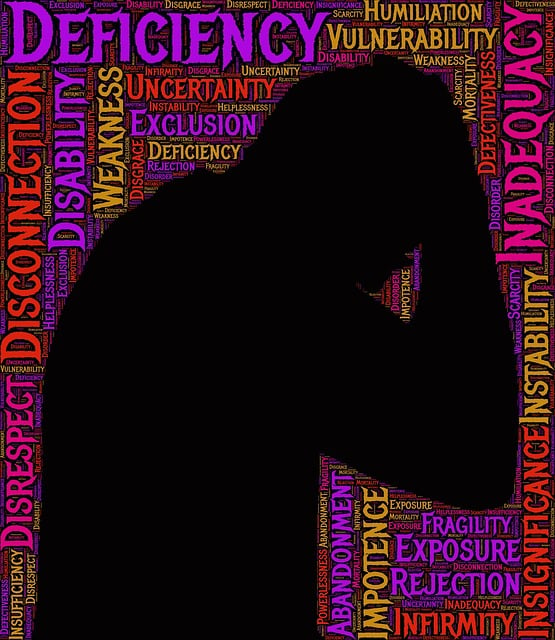Implementing Resilience, Flexibility, and Mindfulness (RFM) techniques in therapy for young bilingual children enhances mental wellness by teaching them to handle challenges resiliently and adaptively. Exercises like language-specific journaling and mindfulness practices through storytelling promote emotional intelligence, stress management, and cultural identity. Tailored RFM activities foster mental fortitude, enabling children to overcome obstacles with confidence while bridging home and therapy environments. This approach is crucial for shaping their overall success in a dynamic world.
“Enhance therapy for young children, especially those in bilingual settings, with Resiliency, Flexibility, and Mobility (RFM) exercises. This comprehensive guide explores how RFM, a powerful trio of concepts, can bolster resilience in young minds. We delve into the science behind RFM’s impact on development, its significance in building adaptability, and its unique application in bilingual therapy. By implementing effective strategies detailed here, therapists can successfully integrate RFM to foster robust emotional and physical growth.”
- Understanding RFM and Its Impact on Young Children
- The Importance of Resilience Building Exercises
- Implementing RFM in a Bilingual Therapy Setting
- Effective Strategies for Successful RFM Integration
Understanding RFM and Its Impact on Young Children

Understanding RFM (Resilience, Flexibility, and Mastery) is paramount in therapy for young children, especially those who speak multiple languages. This approach empowers kids to navigate challenging situations with resilience and adaptivity. By fostering flexibility, children learn to embrace change and manage their emotions effectively, which is crucial for their mental wellness.
RFM techniques offer a unique opportunity to boost confidence and build emotional intelligence in bilingual settings. Mental wellness journaling exercises, for instance, can help children process their experiences and emotions while encouraging them to express themselves in both languages. This not only promotes language development but also strengthens their ability to manage stress and overcome obstacles, providing valuable guidance for mental health professionals when implementing risk management planning.
The Importance of Resilience Building Exercises

Resilience building exercises play a pivotal role in fostering mental fortitude and emotional healing processes among young children, especially those from bilingual backgrounds. These exercises serve as an effective therapy for young children, empowering them to navigate life’s challenges with adaptability and flexibility. By integrating communication strategies tailored to their linguistic diversity, resilience training becomes inclusive and impactful.
The implementation of these activities not only enhances a child’s ability to manage stress but also deepens their understanding of their emotions. Through engaging in resilient behaviors, young bilingual individuals can develop coping mechanisms that transcend cultural barriers. This early investment in emotional healing processes is instrumental in shaping their overall well-being and success in a dynamic world.
Implementing RFM in a Bilingual Therapy Setting

Implementing RFM (Resilience, Flexibility, and Mindfulness) in a bilingual therapy setting tailored for young children presents unique opportunities to foster both language development and emotional well-being. When delivering therapy for young children in a bilingual context, therapists can incorporate RFM exercises that resonate with the child’s cultural background and linguistic skills. For example, mindfulness practices can be taught through storytelling and songs in both languages, enhancing self-awareness while preserving linguistic diversity.
By integrating confidence boosting self-care practices such as guided visualizations or breathing exercises into therapy sessions, children learn to regulate their emotions effectively. Moreover, self-awareness exercises that encourage children to identify and express their feelings in both languages can strengthen their sense of identity and resilience. These bilingual approaches not only promote emotional intelligence but also serve as a bridge between the child’s home and therapy environments, creating a more cohesive and supportive ecosystem for their overall development.
Effective Strategies for Successful RFM Integration

Implementing RFM (Resilience, Flexibility, and Mindfulness) exercises effectively requires a strategic approach tailored to young children’s unique needs. For bilingual therapy sessions, cultural sensitivity is paramount. Incorporate activities that promote empathy building strategies, allowing children to understand and regulate their emotions while connecting with peers from diverse backgrounds. This not only enhances social-emotional learning but also fosters a sense of belonging.
The integration process should include age-appropriate stress management techniques taught through engaging, interactive methods. Mental wellness coaching programs can be developed alongside these exercises, empowering children to navigate challenges and build resilience. By combining RFM practices with culturally responsive teaching, therapists can create a supportive environment that positively influences young clients’ mental health and overall well-being.
Resilience-focused interventions, such as RFM (Recovery, Flexibility, and Mastery), offer a powerful approach to enhancing the well-being of young children, especially in bilingual therapy settings. By incorporating resilience-building exercises tailored to their unique needs, therapists can significantly support children’s emotional growth and coping abilities. This article has explored the potential of RFM, providing insights into its implementation strategies for optimal results. Through understanding and applying these techniques, professionals in the field of therapy for young children, particularly those engaging with bilingual populations, can foster a more robust and adaptable mindset in their clients.










